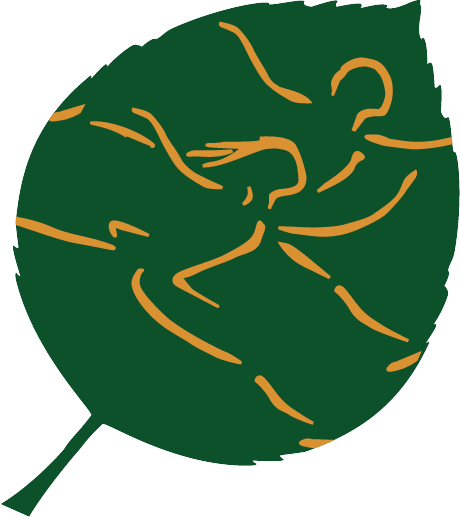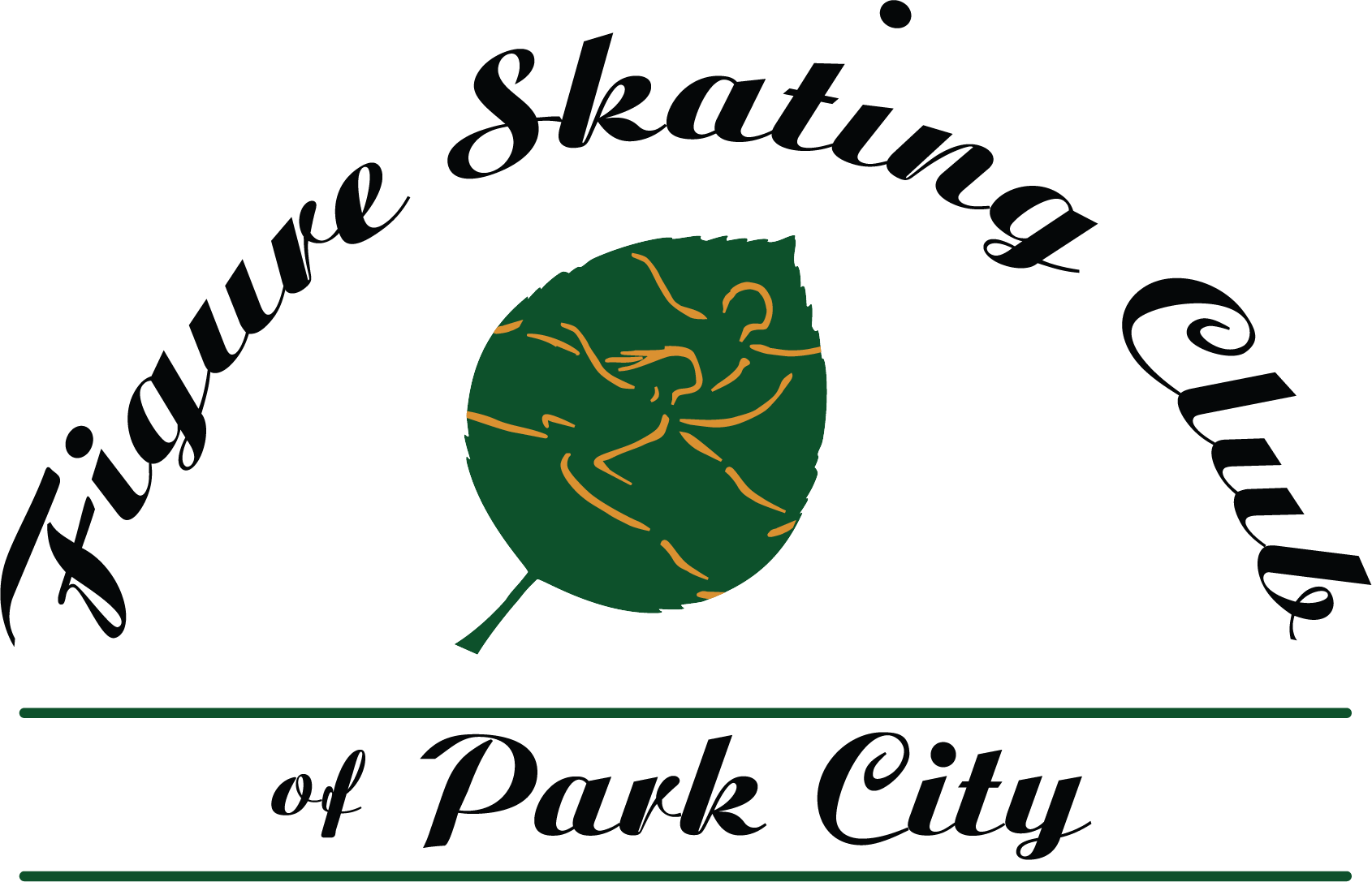Figure Skating Tracks
& Disciplines
From singles freestyle to solo dance, FSCPC has a program for you!
FIGURE SKATING WITH FSCPC
"Figure skating" is a very broad term for a variety of disciplines within the sport. This page aims to explain the disciplines skaters can choose from, those which are currently supported by the Figure Skating Club of Park City, and the competitive tracks and opportunities within each discipline.
Skating Disciplines
The following are the skating disciplines that the Figure Skating Club of Park City currently supports through coaching and competitive opportunities. For a complete list of skating opportunities, please visit the USFSA Skating Opportunities page
HERE.
Singles Freestyle
Singles Freestyle is the discipline in figure skating that most spectators are familiar with. In free skating, or "Singles Freestyle" skating, a competitive skater performs a program that lasts anywhere from 1 to 4-1/2 minutes, is composed of elements such as jumps and spins, skated to music.
There are a few different tracks within the singles freestyle discipline. All skaters begin at the Learn to Skate/Compete USA levels, and then can decide (usually based on skills acquired), whether to compete Excel or Well-Balanced. The chart below explains more.

| Track | About | Competitive Opportunities | Qualifying Opportunity? | Team USA Pipeline? | Level Structure |
|---|---|---|---|---|---|
| Learn To Skate/Compete USA | Beginning with Snowplow Sam, Compete USA is the beginning of the competition pipeline. Basic 1-6 is also included in this track | Skaters can participate in Non-Qualifying Compete USA competitions around the country | No | No | Snowplow Sam, Basic 1, Basic 2, Basic 3, Basic 4, Basic 5, Basic 6 |
| Aspire | The Aspire program is designed as a bridge between Learn to Compete between either the Excel or Well-Balanced track. Learn more about FSCPC's Aspire program HERE | Skaters can participate in Non-Qualifying competitions around the country that offer Aspire 1-4 events | No | No | Aspire 1, Aspire 2, Aspire 3, Aspire 4 |
| Well-Balanced Non-Qualifying | Well-balanced levels are Pre-Preliminary, Preliminary and Pre-Juvenile. Skaters who skate in these levels are usually preparing to compete in the NQS series, but are not yet at the qualifying levels. | Nearly all competitions will have events for Pre-Preliminary through Pre-Juvenile | No - Qualifying levels begin at Juvenile | No, but many skaters at this level will go on to the NQS | Pre-Preliminary, Preliminary, Pre-Juvenile, Open Juvenile |
| Excel Series | Excel is an opportunity for skaters to continue testing and develop their skills while showcasing their strengths at events. Excel free skates consist of required elements different from the standard track to help boost skaters’ strengths | Skaters wishing to qualify for the Excel National Final can compete in as many Excel qualifying competitions as they choose. Those not wishing to qualify, or not at a qualifying level can also compete Excel events at non-qualifying competitions around the country | While not an official USFSA Qualifying track, at the Excel Preliminary Plus, Pre-Juvenile Plus, Juvenile Plus, Intermediate Plus, Novice, Junior and Senior levels, the top skaters per section will earn an invitation to compete in the Excel Series Final. Skaters at the excel aspire through preliminary levels receive an open invitation to compete in the final. | No | Beginner, High Beginner, Excel Pre-Preliminary, Excel Preliminary, Excel Pre-Juvenile, Excel Juvenile, Excel Intermediate, Excel Preliminary Plus, Excel Pre-Juvenile Plus, Excel Juvenile Plus, Excel Intermediate Plus, Excel Novice, Excel Junior, Excel Senior |
| National Qualifying Series | The NQS is considered the most competitive "Track" for singles skaters. It is a series of competitions in which athletes enter and earn an overall national ranking in their level, and a regional and sectional ranking. Up to 24 skaters per level in each Section will qualify to compete in their Section's Sectional Final, with a chance to earn a spot at US Figure Skating National Championships, or the National Development Team camp, depending on the skater's level. | Any skater can enter the National Qualifying Series and select up to 3 competitions each season. NQS competition locations change yearly. The skater's highest score achieved in an NQS competition is logged in the Series Standings. Skaters have the opportunitiy to earn recognition at the regional, sectional and national level. | Yes - US Figure skating is divided into 9 regions and 3 sections (FSCPC is in the Central Pacific region and the Pacific Coast Section). For Juvenile, Intermediate and Novice, the top 4 overall scores from each region, and next best 12 overall scores from the section qualify to compete at Sectionals -- and the top four from each Sectionals final qualify for the National Development Team camp. For Junior and Senior, the top 4 overall scores from each region, and next best 6 overall scores from the section qualify for Sectionals. For Junior National Championships the top 4 athletes per section and top 2 novice athletes per section invited to skate up to junior. For Senior National Championships,the top 2 athletes per section from Sectional Singles Final, plus next best scores nationwide until maximum is met. | Yes - this is the track where the top performing Junior and Senior athletes can be selected to represent Team USA internationally | Juvenile, Intermediate, Novice, Junior, Senior |
| Adult | Yes - There are both Adult Qualifying and Non-Qualifying opportunities | No | Adult BeginnerAdult Pre-Bronze, |
Ice Dance (Partnered)
Like pairs skating, ice dance features a male and female skating in unison, but instead of performing jump and spin elements, the team completes difficult dance patterns, step sequences and maneuvers while showcasing exceptional interpretation of music and precise steps. With roots in ballroom dancing, ice dance requires strong technical skating skills and excellent musicality.
The ice dance competition consists of two segments: a rhythm dance and a free dance. The rhythm dance features required elements, including lifts, step sequences and pre-determined dance patterns performed to a specific rhythm of music within a required tempo range. Each team will show off their technical skating ability and style as they try to earn the most points heading into the free dance.
The free dance, like the rhythm dance, features step sequences, lifts and a broad selection of difficult skating skills, but the team skates to a music and tempo of their choosing, with a goal of pulling off an entertaining, moving and inspiring performance that looks effortless despite its difficulty. Innovative choreography, timing and rhythm are paramount. After the second segment of competition, the scores from the rhythm dance and free dance are added together to determine overall placement.
Solo Dance
Ice dancing is a discipline of figure skating that draws from ballroom dancing. Athletes can compete either as pairs or sometimes as an individual in solo ice dance competitions. Ice dance differs from pair skating by having different requirements for lifts and spins. Couples must perform spins as a team in a dance hold, and throws and jumps are disallowed. Another distinction between ice dance and other skating disciplines is the use of music in the performances. In ice dancing, dancers must always skate to music with a definite beat or rhythm. Singles and pair skaters more often skate to the melody and phrasing of their music, rather than its beat. This is severely penalized in ice dance.
Dance emphasizes the techniques of edgework, flow, and motion. Ice Dancing has 2 main focus areas:
- Compulsory Dances
- Free Dances
In compulsory dances, skaters are given a very specific pattern to follow. This pattern is shown in the form of a drawing which specifies the skater's moves right down to which foot is doing what particular step during every single "beat" of the music. Dancers are marked on their ability to skate the required pattern with demonstrated musical feeling.
In free dances, skaters get to make up their own "programs", within specified guidelines. These programs must demonstrate basic dance elements and steps in a musical, but not "theatrical" way. No jumps are allowed.
The test structure for dance includes tests in compulsory dances, as well as free dances, and includes the following levels:
- Preliminary
- pre-Bronze
- Bronze
- pre-Silver
- Silver
- pre-Gold
- Gold
- Junior International
- Senior International
In 2011, the US Figure Skating Association launched a Solo Ice Dance Competition Series, which has expanded the discipline significantly.
Dance is one of the skating disciplines where age is no barrier. Many adults and senior adults nationwide enjoy this discipline for both its athletic value and its social aspects. Additionally, many skaters ice dance as a supplement to the freestyle discipline to improve footwork and artistry in their sport.


